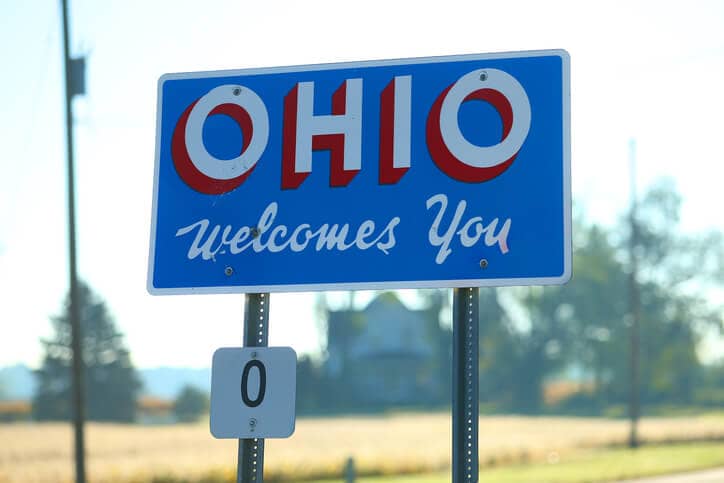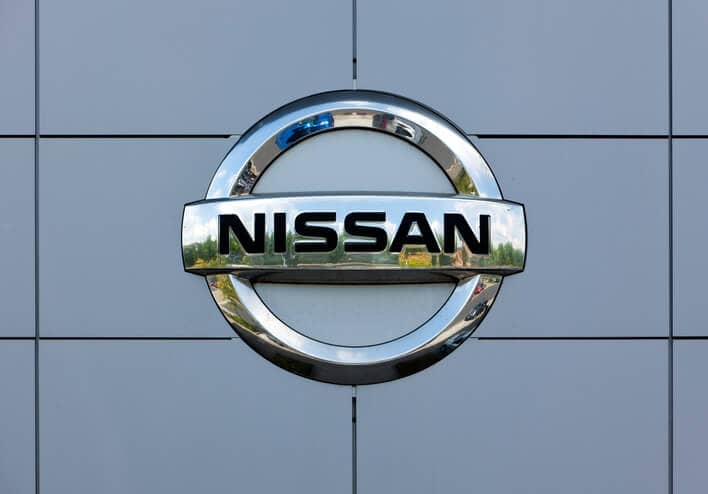According to a recent report from Pike Research, hybrid locomotive sales will reach nearly 500 units during the period from 2011 to 2020, representing an increasing portion of the total market.
The defining characteristic of hybrid locomotives is their use of very large capacity batteries, the development of which Pike Research anticipates could have a positive effect on batteries for other industry sectors.
Senior analyst Dave Hurst states that new sales of hybrid locomotives will require approximately 514 MWh of battery capacity between 2011 and 2020. Most of this capacity will be in lead acid and advanced lead acid batteries, with a portion of the market utilizing sodium metal halide and lithium ion batteries.
‘Hybrid locomotives are a demanding application for advanced batteries,’ says Hurst, ‘and innovation in that sector could provide a boost to some of the battery chemistries being tested for other uses, mostly stationary applications.’
Although the low-cost batteries used in hybrid locomotives will make their profitability attractive, their adoption will be driven in large part by their ability to reduce emissions by as much as 80%, and the potential for fuel savings between 15% and 40% versus conventional diesel engines. Other benefits include reduced noise levels and lower maintenance costs.






